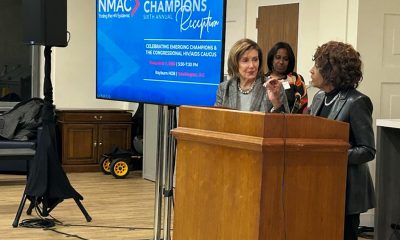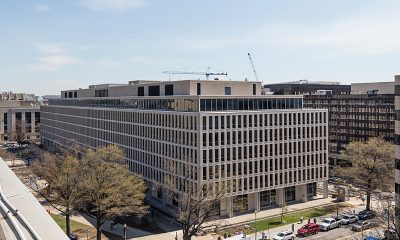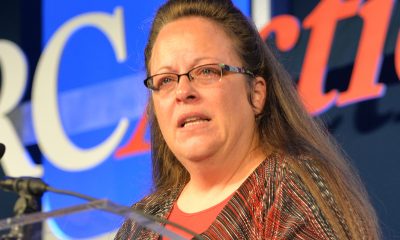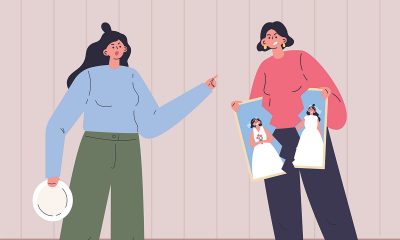a&e features
‘Black queer people are victimized every day’
Jussie Smollett attack highlights growing problem of hate crimes
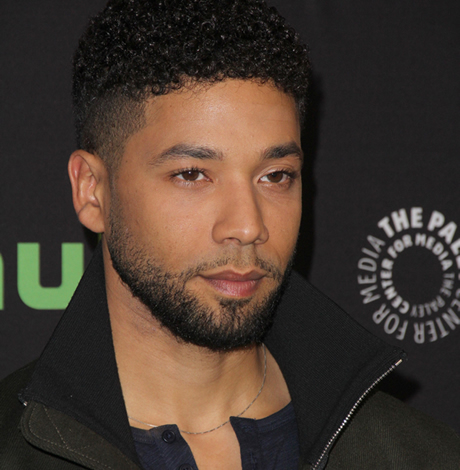
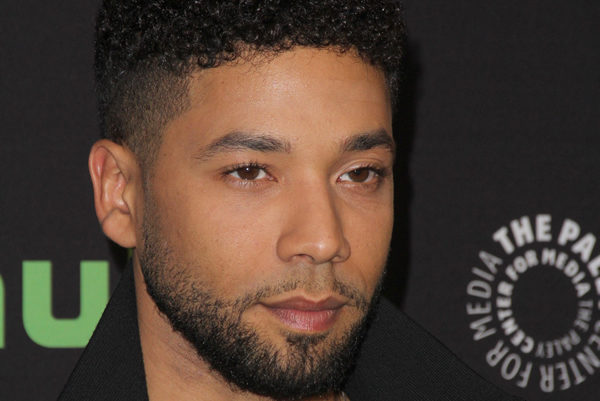
Stacey Long Simmons, director of advocacy at the National LGBTQ Task Force, vividly recalls the time, as a young college student, she was walking outside of campus and a group of white men slowed down and shouted, “N-word bitch go home.”
Simmons hails from Queens, N.Y., where she admits racist incidents did occur but being verbally attacked like that was a “shock to my system.” While the men harassed her for being a black woman she has no doubt that they could have easily swapped out the adjectives to harass her for being a black, bisexual woman.
“If I had been walking down the street holding my girlfriend’s hand at the time I’m sure it would have been you ‘black dyke B-word’” Simmons said. “I don’t think we ever really know why we get attacked. The point is for us to recognize that in the eyes of many we’re problematic no matter what point they enter into whether it’s the race lens, the sexual orientation or gender identity lens.”
It’s a reality that the black LGBTQ community faces every day but it came to the forefront when it was reported that “Empire” star Jussie Smollett suffered an allegedly homophobic and racist attack. At around 2 a.m. on Jan. 29 in Chicago, Smollett was walking from a Subway restaurant when he alleges that two men dressed in black called him “Empire faggot n—er” to get his attention. The actor alleges that the attackers put his neck in a noose, poured “an unknown chemical substance” on him and ran away. Smollett also reported to police that the assailants yelled “MAGA country” during the attack. A few days prior to Smollet’s alleged physical attack, an anonymous letter was sent to Cinespace Studios where “Empire” is filmed. The letter read, “You will die Black fag” and contained a white powder, later identified by a HAZMAT unit as aspirin. Chicago police are currently investigating the incident as a hate crime.
David Johns, executive director of the National Black Justice Coalition, told the Blade that the LGBTQ black community is “surprised but not shocked” by the attack.
“One of the prevailing sentiments I continue to hear from black queer people generally is how frustrating it is that people seem to be surprised at this occurrence,” Johns says. “Black queer people are victimized every single day. I was just thinking about what we’ve experienced just this year reflecting upon Kevin Hart and the jokes about killing his gay son. I mourned the loss of the life of a young, black boy [Giovanni Melton] in Las Vegas because his father killed him suspecting that he was gay last year. Ed Buck, a white donor in Hollywood, is still walking around free as two gay black men have died at his household in the last year. Many of the media outlets that are covering Jussie’s story now didn’t even acknowledge that earlier this year there was a black trans woman [Keanna Mattel] that was murdered by a pastor in Detroit.”
These aren’t new stories for the black LGBTQ community but Smollett’s story was met with skepticism from some on social media who questioned why Smollett was outside getting food at such a late hour. Smollett also initially refused to hand over his phone to police to corroborate his and his manager’s story that they were on the phone with each other during the time of the attack. He has since handed over redacted phone records to police.
Simmons says she noticed people doubting his story as soon as it made the rounds on media outlets.
“It was just an immediate discounting. People saying ‘Who would be outside in Chicago at that time of night in the cold?’ It’s like people are out in the cold all the time. If you’re hungry you’re going to get something to eat. It’s almost as if people’s minds wouldn’t allow them to accept the fact that these types of violent attacks happen. I think there is a level of ignorance or refusal to accept the fact that these things happen on a day-to-day basis,” Simmons said.
It’s a reaction that Janaya “Future” Khan, Black Lives Matter Toronto co-founder and campaign director of media, democracy & economic justice for Color of Change, is all too familiar with. Khan, who is black, queer and gender non-conforming, says that the race aspect of Smollett’s identity gave him reason to be questioned in the minds of some people.
“Black people historically are not believed when we say something has happened to us, especially when we say something has happened to us because we’re black. When you have to go to the same policing institutions that have historically not believed you, that criminalizes people that look like you disproportionally, that brutalizes people that look like you based on race, it’s a very impossible moment,” Khan told the Blade.
Although the LGBTQ community has had its own complicated and sometimes violent history with police, being black is an added layer of discrimination.
“I think people in society have been conditioned to not believe people who look like Jussie, who look like me,” Khan said. “It’s pretty disgusting. People also historically have not believed anyone in the LGBT community when they say these things have happened to them. But there’s a way that they’re able to assimilate into society around whiteness that you just cannot as a black person. The discrediting of Jussie, the need for a particular kind of irrefutable proof, is something that black people and people of color are very familiar with.”
Khan has their own personal story about being torn between two integral identities.
In July 2016, Black Lives Matter was invited to march in the Pride parade in Toronto. Khan and the rest of the group marched proudly in the parade using chants such as “Michael Brown say his name” and taking a moment of silence to sit in memory of the victims of the Pulse nightclub shooting. In what proved to be a controversial move, the group declared to the crowd that they wanted police floats to be removed from the Pride marches and parade. Some in the crowd began to boo and social media became a firestorm of death threats toward Khan.
“I can tell you as someone who lives as a black person and also identifies as non-binary and queer some of the worst kinds of malice I’ve experienced as a black person have come from the LGBTQ community and it feels like a betrayal,” Khan says. “Now if you’re a black person police continue to brutalize our community and historically that’s also been true of the gay and lesbian community. Stonewall was a riot and it happened because police were brutalizing the LGBTQ population. Somewhere along the line because more seats at the table increased there’s a huge tension point because police at Pride made people of color and black people within the LGBTQ community incredibly uncomfortable. A lot of the contradictions and a lot of the biases and racism really came to a head.”
Black lesbian feminist Audre Lorde famously argued that, “There is no hierarchy of oppression.”
“Within the lesbian community I am Black, and within the Black community I am a lesbian. Any attack against Black people is a lesbian and gay issue, because I and thousands of other Black women are part of the lesbian community. Any attack against lesbians and gays is a Black issue, because thousands of lesbians and gay men are Black,” Lorde wrote in 1983.
Simmons agrees that trying to separate identities isn’t helpful to make progress.
“It’s almost as if the majority of the country refuses to acknowledge the racism that black people experience and black people who aren’t as LGBTQ-affirming as we would like them to be want you to not discuss what you experience as a LGBTQ person because they feel like you’re trying to privilege your LGBTQ identity over your black identity. That’s asking people to carve themselves up in many ways that isn’t fruitful or productive,” Simmons says.
Protection for both black people and LGBTQ people has become an increasing concern over the last couple of years as hate crimes are on the rise.
In D.C., the number of reported hate crimes increased from 179 in 2017 to 209 in 2018, according to a report by the Center for the Study of Hate and Extremism. In 2018, 61 crimes were based on sexual orientation, an increase from 56 in 2017; 49 crimes were based on ethnicity and 39 crimes were based on race, an increase from 47 in 2017.
California State University’s Center for the Study of Hate and Extremism reports that hate crimes have also increased in big cities like New York, Los Angeles and Philadelphia.
As more hate crimes are reported, both Khan and Simmons say they wish black transgender women were given more media attention as their lives become increasingly at risk. Khan notes that as transgender women of color have become more visible on television with shows like “Pose” and activists such as Janet Mock and Laverne Cox, the reality of trans women of color who do not have access to fame or money is often bleak.
What’s the reason for this increase in hate crimes? Khan said it’s related to the Trump administration.
“I think bigots and racists are emboldened. They have found a home and community for themselves that no longer requires hiding on the internet. White supremacists are organizing,” Khan said. “They’ve always existed in America they just are no longer in the underbelly of America anymore. We really need to be confronting that reality that these groups of people will exist far beyond the Trump administration’s rule and they exist far beyond the policies that we can fight. There is something far deeper and darker and more insidious in this country.”
Hope isn’t lost. Khan encourages people to vocalize their beliefs and to “come out of the closet as intersectional feminists, abolitionists, freedom fighters and revolutionaries.”
For Simmons, it’s all about allies showing an interest in learning about the issues the black LGBTQ community faces.
People just have to be willing to take the time.
“If you can learn how to cook a new recipe you can learn how to understand society as it is now and figure out how to be an ally to the different issues that communities of color are grappling with right now,” Simmons says.
a&e features
Looking back at the 10 biggest A&E stories of 2025
‘Wicked,’ Lady Gaga’s new era, ‘Sexy’ Bailey and more

Although 2025 was a year marked by countless attacks on trans rights and political setbacks, the year also saw brilliant queer artists continuing to create art. From Cannes and Sundance Award winners now vying for Oscar consideration to pop icons entering new stages of their careers, queer people persevered to tell their stories through different media.
With the state of the world so uncertain, perhaps there’s no more vital time to celebrate our wins, as seen through some of this year’s top pop culture moments. While there’s no collection of 10 stories that fully encompass “the most important” news, here are some events that got the gays going:
10. ‘Mysterious Gaze of the Flamingo’ wins big at Cannes

The Cannes Film Festival has become a crucial start for films hoping to make their way to the Oscars, and first-time director Diego Céspedes won the top Un Certain Regard prize for his intimate western “The Mysterious Gaze of the Flamingo.” The film is set in the ‘80s and is intended as an allegory for the AIDS epidemic. Seeing a film that unpacks vital queer history win one of the most coveted awards at Cannes has been a huge point of pride in the independent filmmaking community.
Since the film bowed at Cannes, it has been selected as Chile’s Oscar entry in the Best International Feature race. Speaking with The Blade during the film’s AFI Fest run in October, Céspedes said: At first, I was kind of scared to have this campaign position in the times that we’re living [in] here. But at the same time, I think the Oscars mean a huge platform — a huge platform for art and politics.”
9. ‘The Last of Us’ returns for an even gayer season 2
While the first season of The Last of Us gave us one of TV’s most heartbreaking queer love stories in the episode “Long, Long Time,” Season 2 doubled down on its commitment to queer storytelling with the blossoming relationship between Ellie (Bella Ramsey) and Dina (Isabela Merced). The show expanded on the pair’s relationship in the original video game, making it perhaps the central dynamic to the entire season. That unfortunately came with more homophobic backlash on the internet, but those who checked out all the episodes saw a tender relationship form amid the show’s post-apocalyptic, often violent backdrop. For their performance, Ramsey was once again nominated for an Emmy, but Merced deserved just as much awards attention.
8. ‘Emilia Pérez’ sparks controversy
Jacques Audiard’s genre-bending trans musical “Emilia Pérez” proved to be an awards season juggernaut this time last year, winning the Golden Globe for Best Musical/Comedy. But when the lead star Karla Sofia Gascón’s racist, sexist, and homophobic old tweets resurfaced, the film’s Oscar campaign became a tough sell, especially after Netflix had tried so hard to sell Emilia Pérez as the “progressive” film to vote for. Mind you, the film had already received significant backlash from LGBTQ+ audiences and the Mexican community for its stereotypical and reductive portrayals, but the Gascón controversy made what was originally just social media backlash impossible to ignore. The only person who seemed to come out of the whole debacle unscathed was Zoe Saldaña, who won the Oscar for Best Supporting Actress over Ariana Grande.
7. ‘Sorry, Baby’ establishes Eva Victor as major talent
Back in January at the Sundance Film Festival, Eva Victor (known by many for her brand of sketch comedy) premiered their directorial debut “Sorry, Baby” to rave reviews, even winning the Waldo Salt Screening Award. Victor shadowed Jane Schoenbrun on the set of “I Saw the TV Glow,” and seeing Victor come into their own and establish such a strong voice immediately made them one of independent cinema’s most exciting new voices. A memorable scene in the film sees the main character, Agnes (played by Victor), struggling to check a box for male or female, just one example of how naturally queerness is woven into the fabric of the story.
Most recently, Victor was nominated for a Golden Globe for her performance in the film, and she’s represented in a category alongside Jennifer Lawrence (“Die My Love”), Jessie Buckley (“Hamnet”), Julia Roberts (“After the Hunt”), Renate Reinsve (“Sentimental Value”) and Tessa Thompson (“Hedda”). The film also received four Independent Spirit Award nominations overall.
6. Paul Reubens comes out in posthumous doc

While Paul Reubens never publicly came out as gay before passing away in 2023, the two-part documentary “Pee-wee as Himself” premiered back in May on HBO Max, giving the legendary comedian a chance to posthumously open up to the world. Directed by Matt Wolf, the documentary explores how Reubens found his alter ego Pee-Wee Herman and why he kept his private life private.
The documentary won an Emmy in the Outstanding Documentary or Nonfiction Special category and remains one of the most critically acclaimed titles of the year with a 100% Rotten Tomatoes score. Also worth noting, the National Geographic documentary Sally told the posthumous coming out story of Sally Ride through the help of her long-time partner, Tam O’Shaughnessy.
5. Lady Gaga releases ‘Mayhem’
Lady Gaga entered a new phase of her musical career with the release of Mayhem, her seventh album to date. From the frenzy-inducing pop hit Abracadabra to the memorable Bruno Mars duet featured on “Die With a Smile,” seeing Gaga return to her roots and make an album for the most die-hard of fans was especially rewarding after the underwhelming film releases of “House of Gucci” and “Joker: Folie à Deux.” Gaga has been touring with The Mayhem Ball since July, her first arena tour since 2018. She even extended her tour into 2026 with more North American dates, so the party isn’t stopping anytime soon. And Gaga is even set to make an appearance next May in “The Devil Wears Prada 2.”
4. Cynthia Erivo, Ariana Grande perform at the Oscars

While “Wicked: For Good” didn’t quite reach the heights of the first film, we will forever have Cynthia Erivo and Ariana Grande’s breathtaking live performance that opened the 97th Academy Awards. The pair sang a rendition of “Over the Rainbow,” “Home,” and “Defying Gravity,” paying proper homage to the original 1939 “Wizard of Oz.” Even non-Wicked fans can’t deny how magical and brilliantly staged this performance was. With both Erivo and Grande up for acting Oscars last year, they’re hoping to repeat success and make history with consecutive nominations. Either way, let’s hope there’s another live performance in the making, especially with two new original songs (The Girl in the Bubble and No Place Like Home) in the mix.
3. Indya Moore speaks out against Ryan Murphy
Indya Moore has consistently used social media as a platform for activism, and in September, posted a 30-minute Instagram live speaking out against “Pose” co-creator Ryan Murphy. Moore claimed that Murphy wasn’t being a true activist for trans people. “Ryan Murphy, we need you to do more. You need to address the racism, the violence, and the targeting of people on your productions, Ryan Murphy. You do need to make sure trans people are paid equally. Yes, Janet did the right thing,” Moore said. Murphy was also back in the headlines this year for the critically panned “All’s Fair” and the controversial “Monster: The Ed Gein Story” starring Laurie Metcalf and Charlie Hunnam.
2. Cole Escola wins Tony for Best Leading Actor
Few pop culture moments this year brought us together more than Cole Escola winning a Tony award for “Oh, Mary!” the Broadway show they created, wrote and starred in (we love a triple threat!) Escola made history by becoming the first nonbinary person to win a Tony in the leading actor category, and seeing them excitedly rush to the stage wearing a Bernadette Peters-inspired gown instantly became a viral social media moment.
The cherry on top of Escola’s major moment is the recent news that they are writing a Miss Piggy movie with Jennifer Lawrence and Emma Stone producing — news that also broke the internet for the better. We cannot wait!
1. Jonathan Bailey makes gay history as ‘Sexiest Man Alive’

The same year as his on-screen roles in blockbusters “Jurassic World Rebirth” and “Wicked: For Good,” Jonathan Bailey made history as the first openly gay man to be named People magazine’s “Sexiest Man Alive.” The fact that it took 40 years for an openly gay man to earn the title is a signifier of how far we still have to go with queer representation, and seeing Bailey celebrated is just one small step in the right direction.
“There’s so many people that want to do brilliant stuff who feel like they can’t,” he told PEOPLE, “and I know the LGBT sector is under immense threat at the moment. So it’s been amazing to meet people who have the expertise and see potential that I could have only dreamed of.” In 2024, Bailey founded the charity titled The Shameless Fund, which raises money for LGBTQ+ organizations.
a&e features
Your guide to D.C.’s queer New Year’s Eve parties
Ring in 2026 with drag, leather, Champagne, and more

With Christmas in the rear view mirror, we can turn our attention to ringing in a much-anticipated New Year with a slew of local LGBTQ parties. Here’s what’s on tap.
Pitchers
This spacious Adams Morgan bar is hosting the “Pitchers’ Perfect New Year’s Eve.” There will be a midnight Champagne toast, the ball drop on the big screens, and no cover, all night long. The bar doesn’t close until 4 a.m., and the kitchen will be open late (though not until close). All five floors will be open for the party, and party favors are promised.
Trade
D.C.’s hottest bar/club combo is leaning into the Shark motif with its NYE party, “Feeding Frenzy.” The party is a “glitterati-infused Naughty-cal New Year’s Even in the Shark Tank, where the boats are churning and the sharks are circling.” Trade also boasts no cover charge, with doors opening at 5 p.m. and the aforementioned Shark Tank opening at 9 p.m.. Four DJs will be spread across the two spaces; midnight hostess is played by Vagenesis and the two sea sirens sensuously calling are Anathema and Justin Williams.
Number Nine
While Trade will have two DJs as part of one party, Number Nine will host two separate parties, one on each floor. The first floor is classic Number Nine, a more casual-style event with the countdown on TVs and a Champagne midnight toast. There will be no cover and doors open at 5 p.m. Upstairs will be hosted by Capital Sapphics for its second annual NYE gathering. Tickets (about $50) include a midnight Champagne toast, curated drink menu, sapphic DJ set by Rijak, and tarot readings by Yooji.
Crush
Crush will kick off NYE with a free drag bingo at 8 p.m. for the early birds. Post-bingo, there will be a cover for the rest of the evening, featuring two DJs. The cover ($20 limited pre-sale that includes line skip until 11 p.m.; $25 at the door after 9 p.m.) includes one free N/A or Crush, a Champagne toast, and party favors (“the legal kind”). More details on Eventbrite.
Bunker
This subterranean lair is hosting a NYE party entitled “Frosted & Fur: Aspen After Dark New Year’s Eve Celebration.” Arriety from Rupaul Season 15 is set to host, with International DJ Alex Lo. Doors open at 9 p.m. and close at 3 p.m.; there is a midnight Champagne toast. Cover is $25, plus an optional $99 all-you-can-drink package.
District Eagle
This leather-focused bar is hosting “Bulge” for its NYE party. Each District Eagle floor will have its own music and vibe. Doors run from 7 p.m.-3 a.m. and cover is $15. There will be a Champagne toast at midnight, as well as drink specials during the event.
Kiki, Shakiki
Kiki and its new sister bar program Shakiki (in the old Shakers space) will have the same type of party on New Year’s Eve. Both bars open their doors at 5 p.m. and stay open until closing time. Both will offer a Champagne toast at midnight. At Kiki, DJ Vodkatrina will play; at Shakiki, it’ll be DJ Alex Love. Kiki keeps the party going on New Year’s Day, opening at 2 p.m., to celebrate Kiki’s fourth anniversary. There will be a drag show at 6 p.m. and an early 2000s dance party 4-8 p.m.
Spark
This bar and its new menu of alcoholic and twin N/A drinks will host a NYE party with music by DJ Emerald Fox. Given this menu, there will be a complimentary toast at midnight, guests can choose either sparkling wine with or without alcohol. No cover, but Spark is also offering optional wristbands at the door for $35 open bar 11 p.m.-1 a.m. (mid-shelf liquor & all NA drinks).
a&e features
Local, last-minute holiday gift ideas
Celebrate the season while supporting area businesses

The DowntownDC Holiday Market is bustling. Union Station is decked out with its annual Christmas tree. Washingtonians have wrapped their houses and apartment balconies with festive lights and holiday decorations. The holiday season is here. And with stockings to fill and empty space under the tree, Washington’s local shops and artists have plenty to offer.
Show your LGBTQ and D.C. pride with the Washington Blade’s annual holiday gift guide.
To embrace the holiday buzz: The Blanco Nwèl cocktail from Alchy Cocktails. This Caribbean eggnog is one of Alchy Cocktail’s seasonal holiday cocktails. The flavor profile is similar to coquito, a traditional Puerto Rican Christmas drink with a coconut base. As a queer and Caribbean-owned business, Alchy Cocktails has been based out of Washington since 2021. Blanco Nwèl is available in both cocktail ($24) and mocktail ($12) online and at a variety of holiday markets, including the Tingey Plaza Holiday Market, the Flea Market at Eastern Market, Union Station’s Main Hall Holiday Market, and more. ($24)
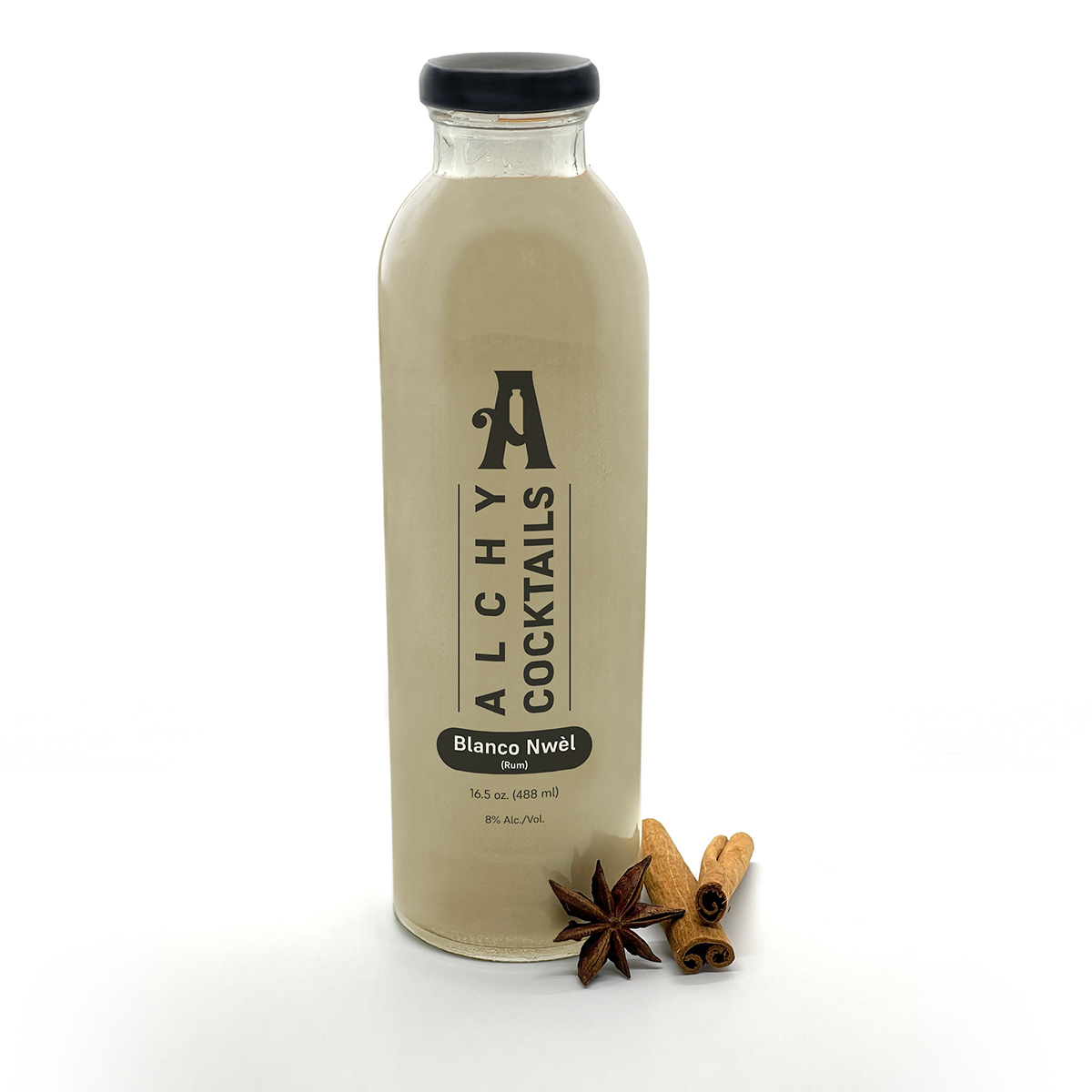
A spicy bite: Gordy’s Cajun Okra from Salt and Sundry. These spicy, tangy pickles pull on Southern Cajun-style flavors, packing a punch with paprika, cayenne, and more. Gordy’s is an LGBTQ-owned and Washington-based brand, making this gift an opportunity to support a local LGBTQ business straight from the jar. This pantry staple is available on Salt & Sundry’s website and at its locations in Union Market, Logan Circle, and its Georgetown holiday pop-up store. ($14)
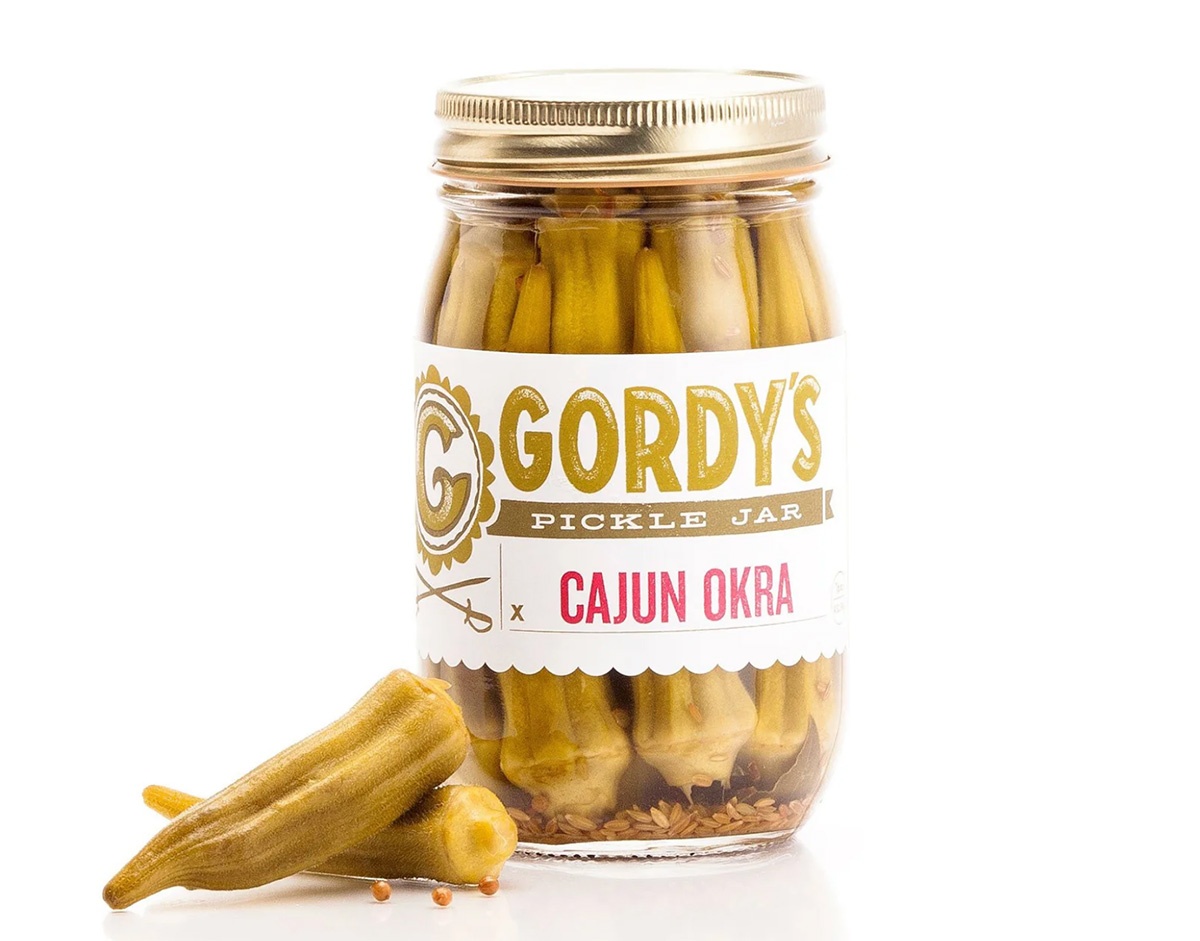

To celebrate Washington pride: The DC Landmark Tote Bag from The Neighborgoods. Native Washingtonians, visitors, friends and family alike will find something to love about this Washington-themed tote bag. Food trucks, the 9:30 Club, the Metro logo and pandas from the National Zoo are just some of the city’s landmarks depicted across the tote in a red, white, and blue color palette. The tote is a part of the DC Landmarks collection, which donates 10 percent of its sales to the American Civil Liberties Union. The Neighborgoods itself is a local, woman-owned business built out of a passion for screen-printing in 2013. The 100 percent cotton canvas tote is for sale online or at the DowntownDC Holiday Market. ($22)
To give friends and family their flowers: The Flowers Bandana from All Very Goods. This 100 percent cotton bandana was designed in Washington and hand printed in India. Its uniqueness comes in being covered with the faces of Black women, representing a “love letter to all women but especially Black women,” according to All Very Goods. The Black woman-owned and operated business, based out of Northwest Washington, has a mission to celebrate diversity and representation through its products. The bandana intends to give Black women their “flowers.” The Flowers bandana is available for purchase online. ($24)
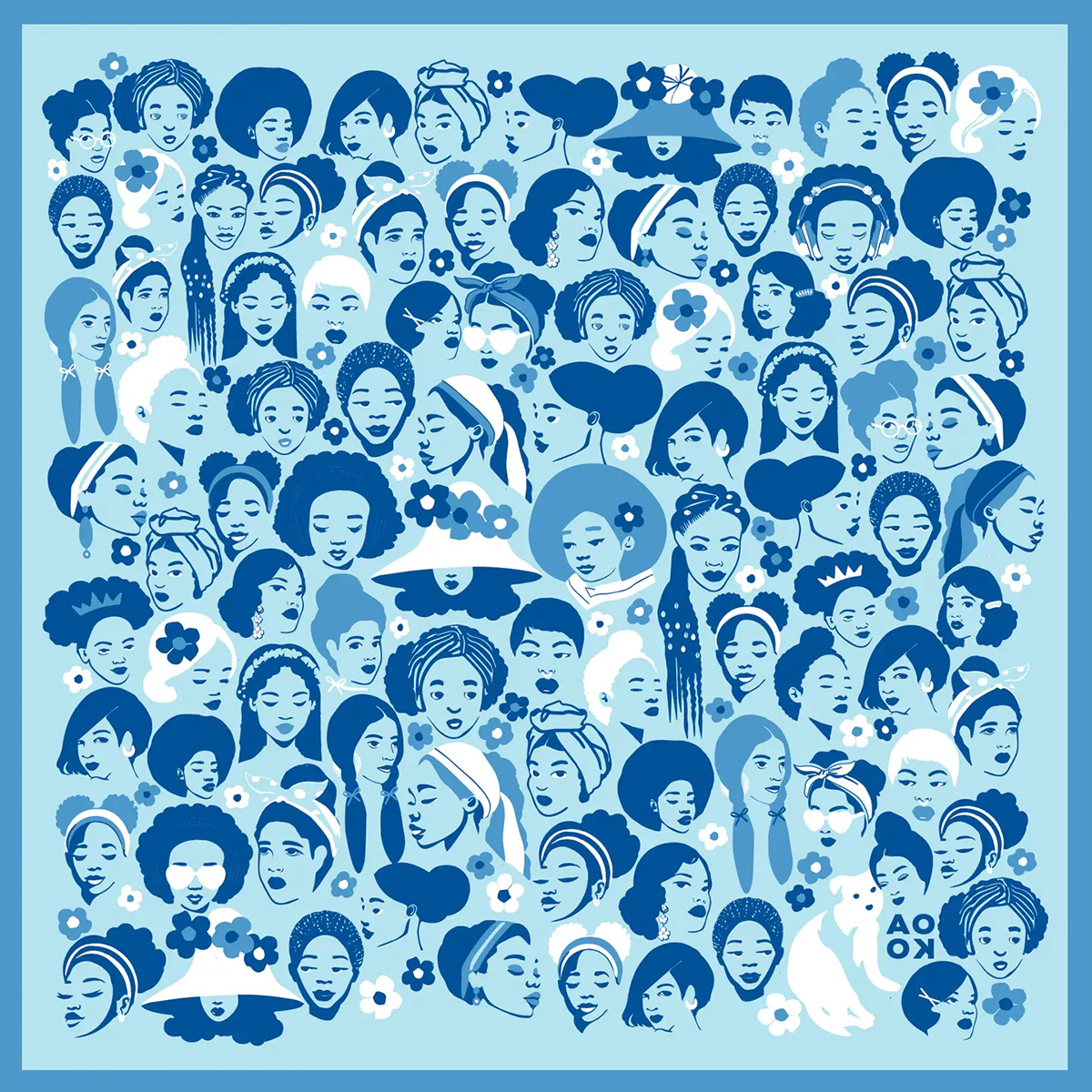
To unlock culinary creativity: The Curious Chef Gift Collection from Each Peach Market. This customizable collection of kitchen oddities — ranging from tinned fish to chili oil — is a quirky gift for the most inventive chefs. The collection is available in a Standard Santa, Extra Goodies and Super Holiday Size for up to $165. The Washington-based market, founded in 2013, permits customers to make the collection special by specifying what unique ingredients are packaged, including products made by local or LGBTQ brands. Each Peach Market offers assembly and pick up in-person at its Mount Pleasant shop and also offers local delivery and nationwide shipping via its website. ($85)
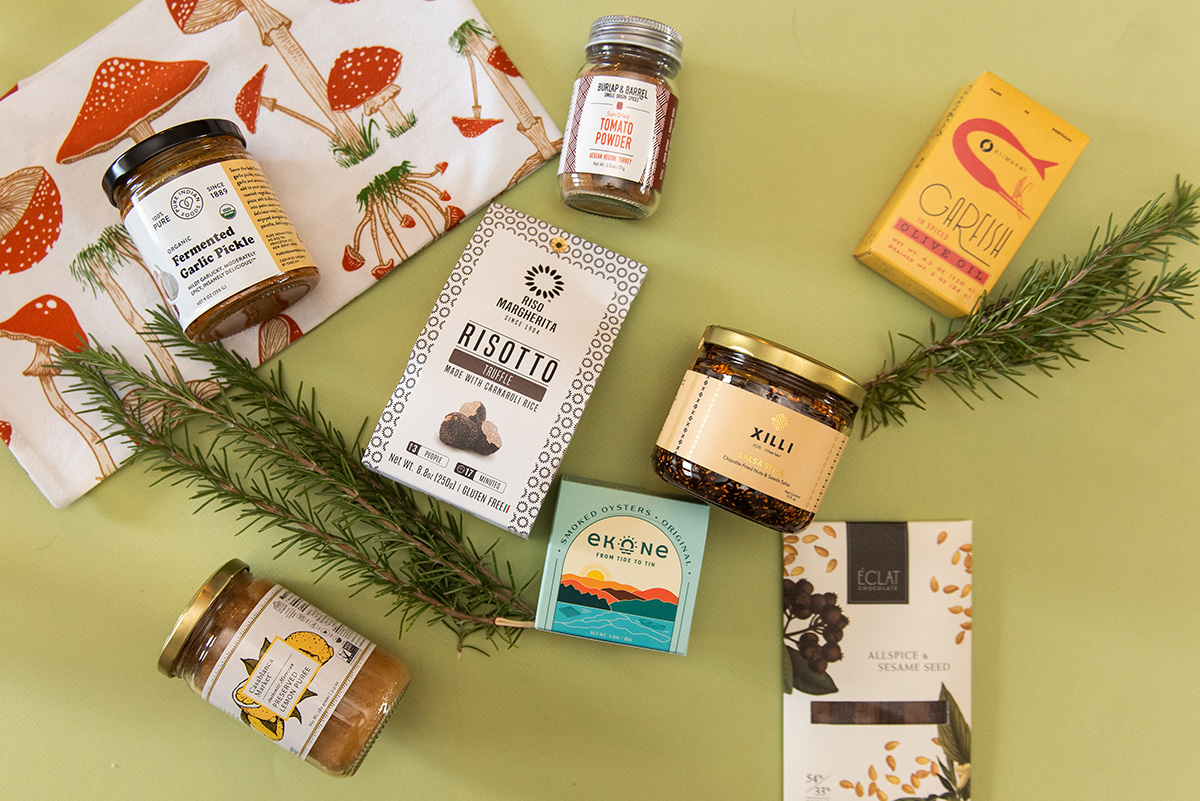
To give a touch of sweetness: The DC Landmark Chocolate Covered Oreo Holiday Cookies from Capital Candy Jar. Wrapped in a festive red bow, this box of nine cookies embraces love for Washington and the holiday season in one. Among the dark and milk chocolate covered cookies are images of the U.S. Capitol, the White House, the Lincoln Memorial, the Jefferson Memorial and festive hollies. The treat, packaged in a Hill East facility just a few blocks from the Capitol, is available for purchase online and at the DowntownDC Holiday Market. ($23.95)
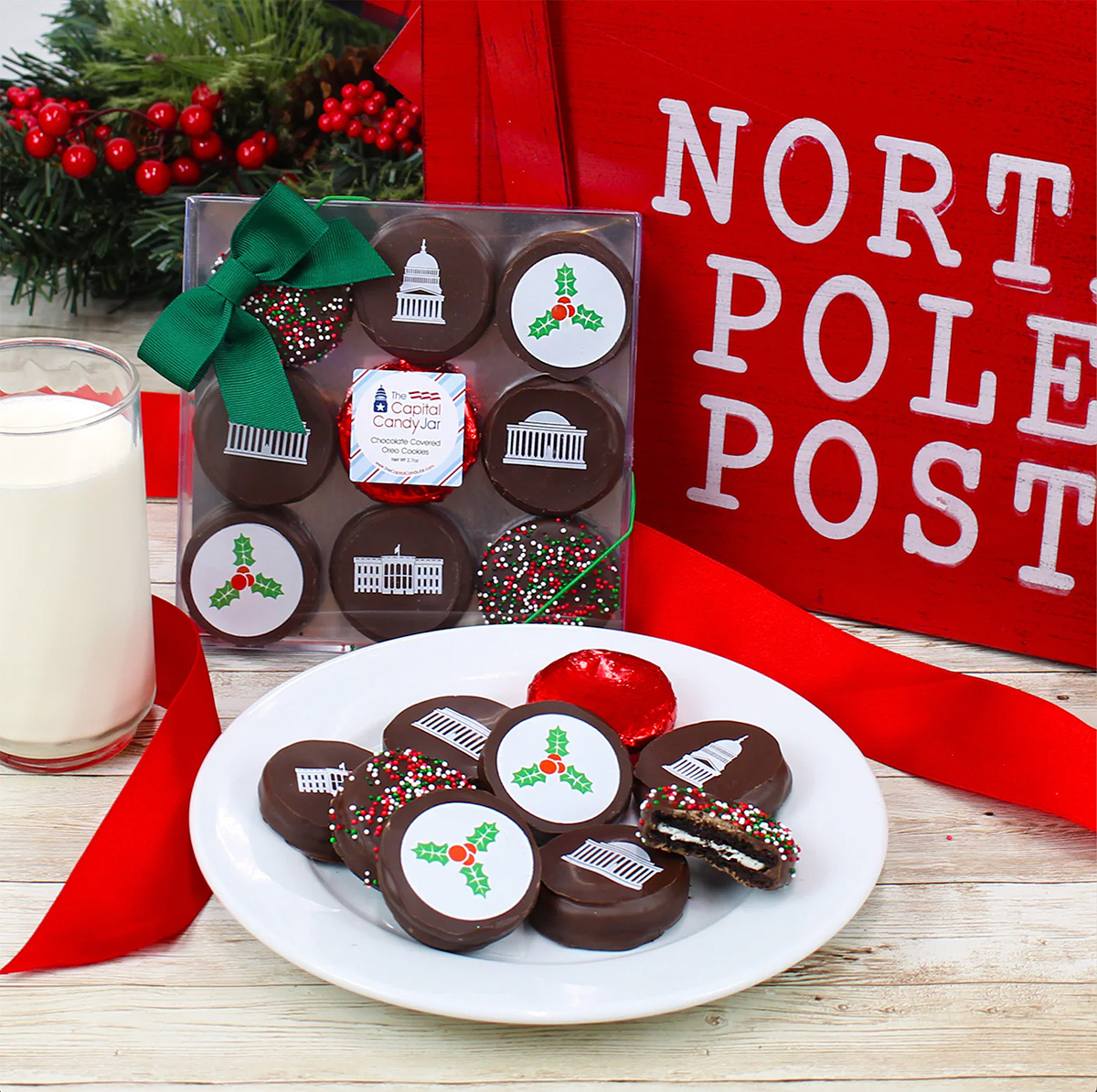
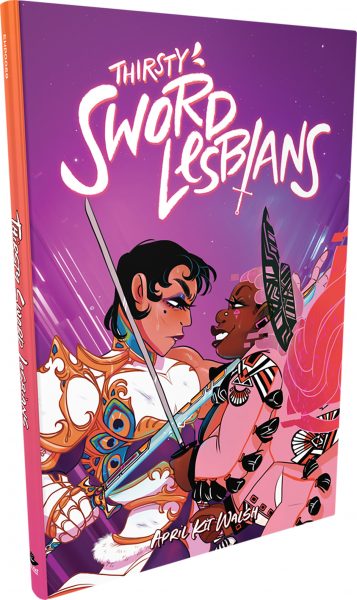
To celebrate queer gaming: Thirsty Sword Lesbians from Labyrinth Games & Puzzles. This roleplaying game embraces lesbian culture by unlocking a world of swords, romance, and battle. Ideal for group settings, the book presents a system of world building and character identities that are best brought to life by creative minds. Labyrinth, which has been a local Washington business for more than 15 years, celebrates non-digital fun through games and puzzles that connect the community. This gift is offered online and at Labyrinth’s Capitol Hill location. ($29.99)
To make a bold statement: The “Resist” T-shirt from Propper Topper. This locally screen-printed black tee features the Washington flag designed within a raised fist, symbolizing both Washington pride, and political resistance. The shirt is made exclusively by Propper Topper, a local Washington business that evolved from a hat shop to a gift store since opening in 1990. The tri-blend unisex shirt is available both for pickup at Propper Topper’s Cathedral Heights location and shipping via the online site. ($32)
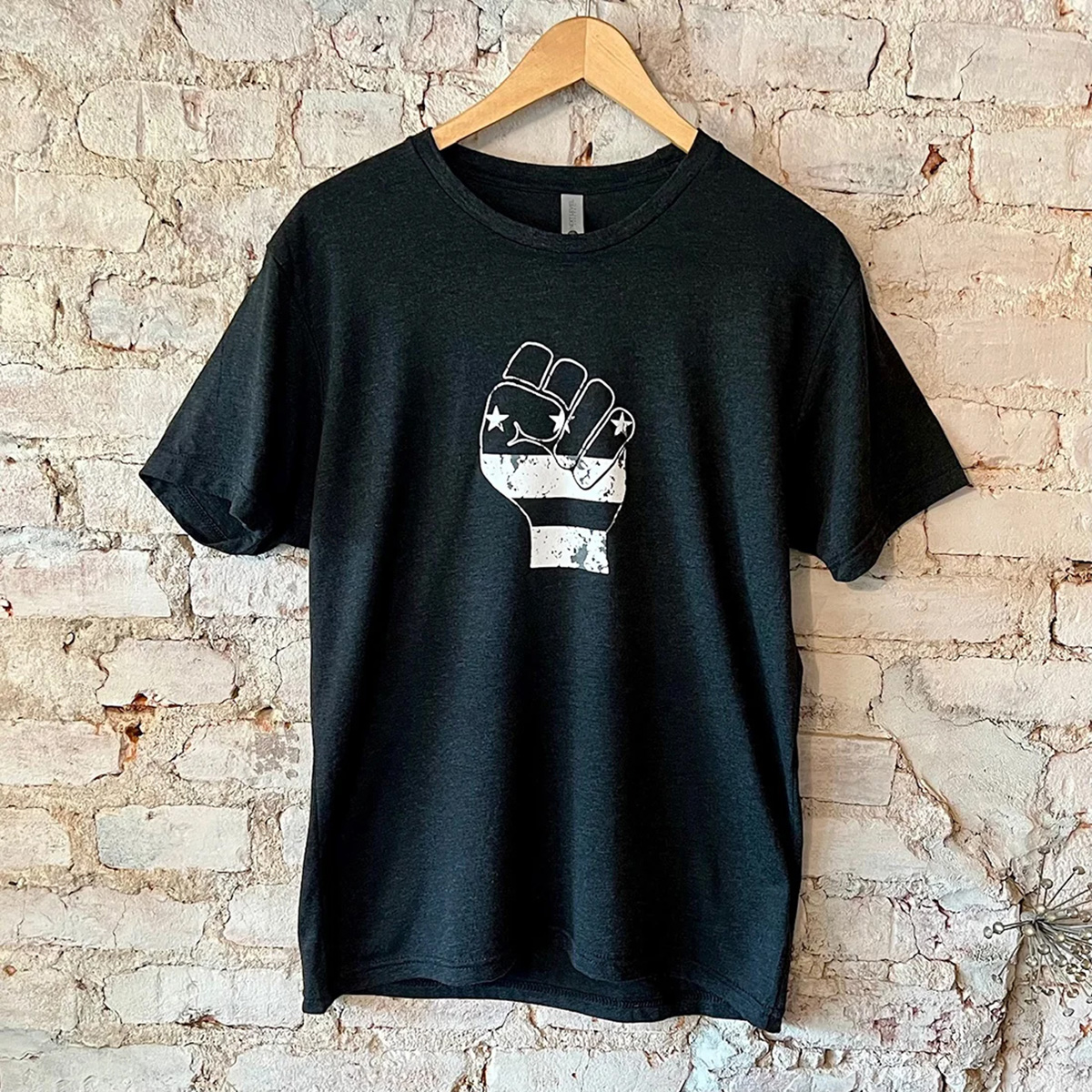
To keep it c(g)lassy: The Glass Ball earrings from Blue Moon Aquarius. Gifting can rarely go wrong when it comes to a new pair of earrings. The unique statement earrings — made of polymer clay, glass, and 18k gold plating over surgical steel — are hand cut, sanded and assembled in Washington, meaning each set is unique. Blue Moon Aquarius, a local brand, is known for its small batch jewelry and home decor designed with clay materials. Available in oxblood, hunter green, lavender, and bluestone color palettes, these earrings are available for purchase on Blue Moon Aquarius’ website and at the DowntownDC Holiday Market. ($48)
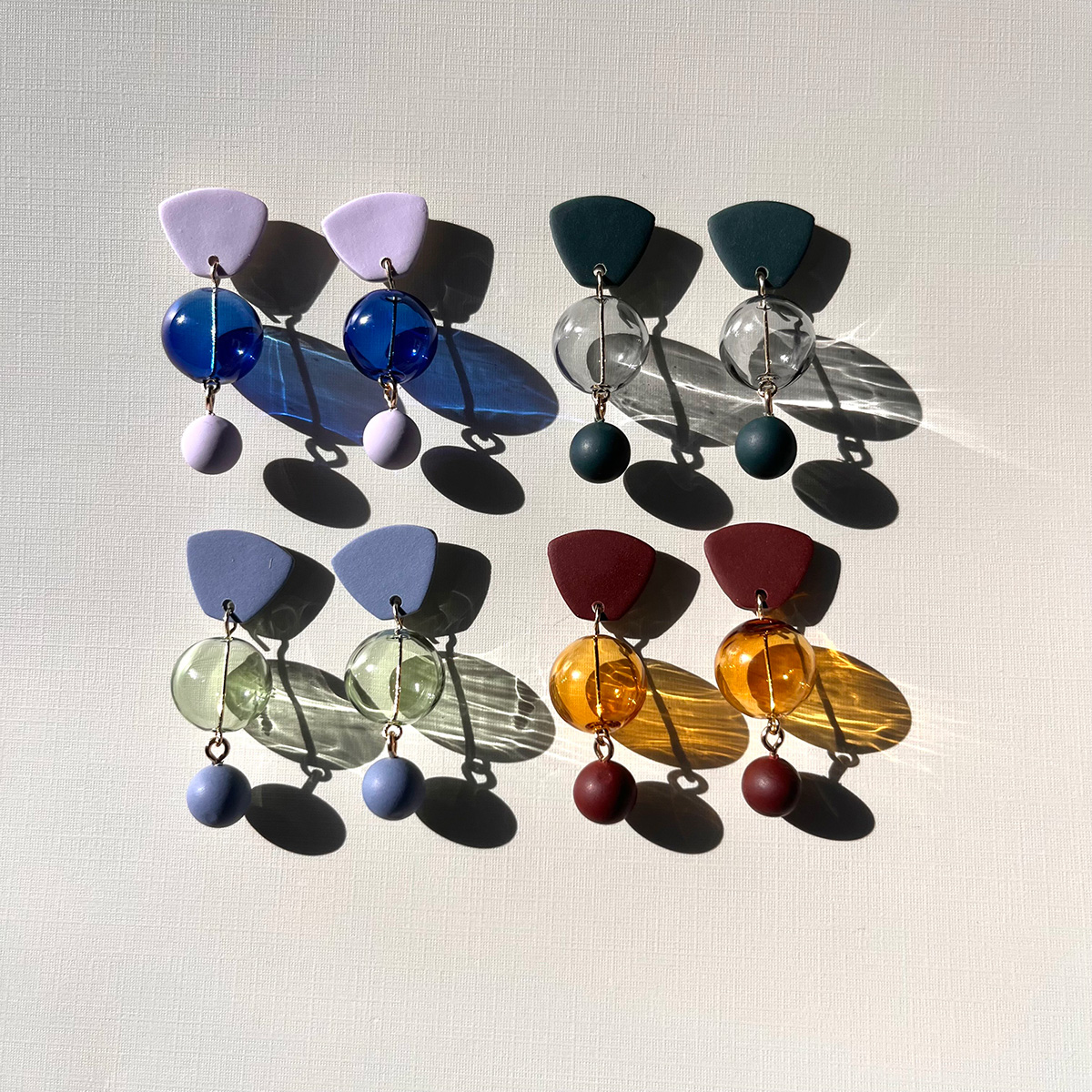
To elevate a holiday tea or charcuterie party: The Honey Flight: Tea Lover’s Selection from BannerBee. This local honey company presents the ideal gift to make cozying up with a cup of tea slightly more special. The Honey Flight contains three types of raw wildflower honey infused with fair trade Ugandan vanilla bean, chai spices, and locally sourced lemon thyme herb. The gift is also an opportunity to uplift a family company based in the Mid-Atlantic that offers all-natural, sustainable products. The flight is available online, at the DowntownDC Holiday Market or at the Arlington Courthouse and Dupont Farmers’ Markets. ($36)
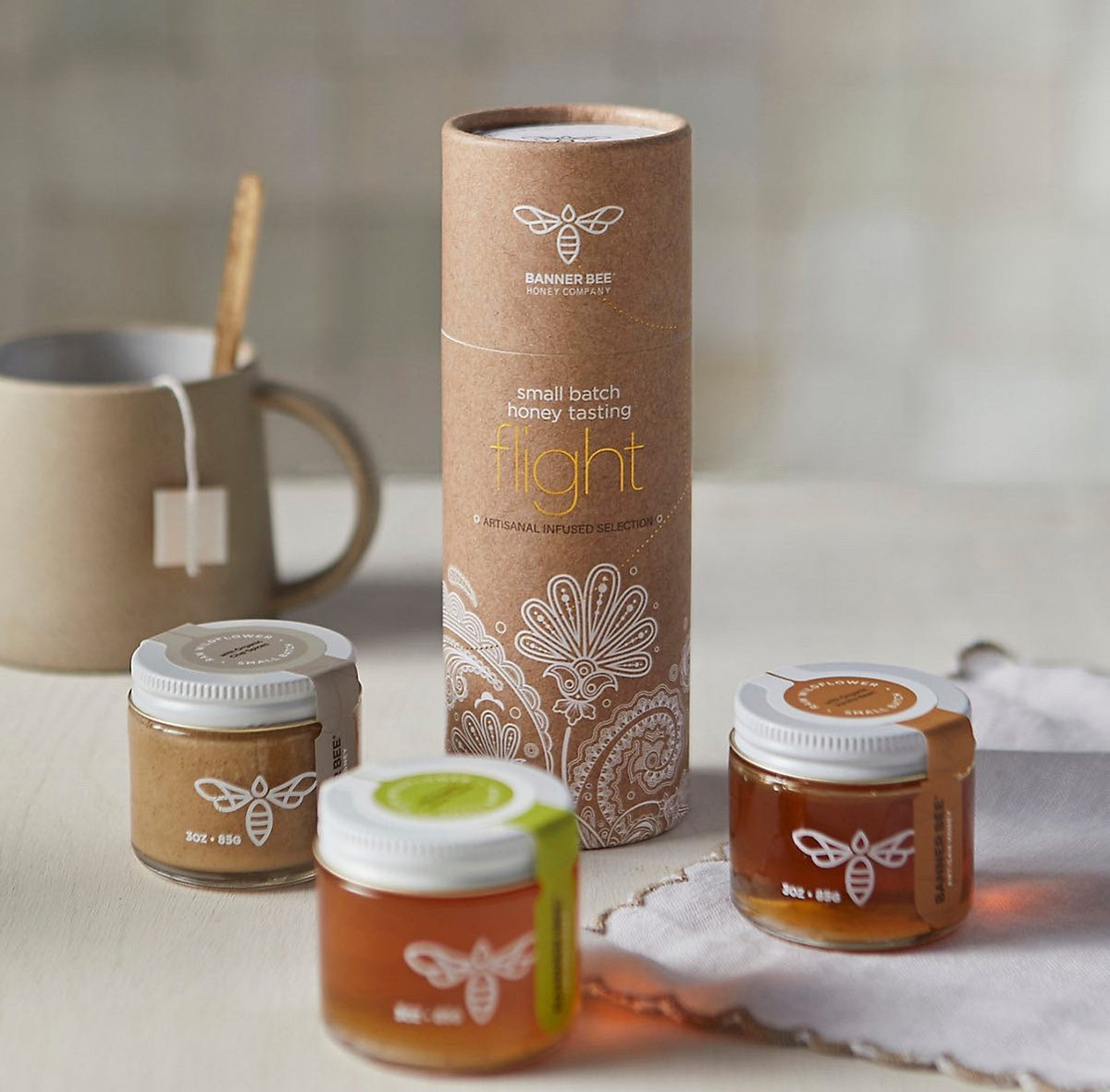
For Baltimore shoppers: If you’re in Charm City, don’t miss Balston Mercantile, opened by a gay couple in June. Their gorgeous shop in the Hampden neighborhood offers an array of unique, upscale finds, from barware and artwork to cookbooks and home decor and more. (849 W. 36th St.)

